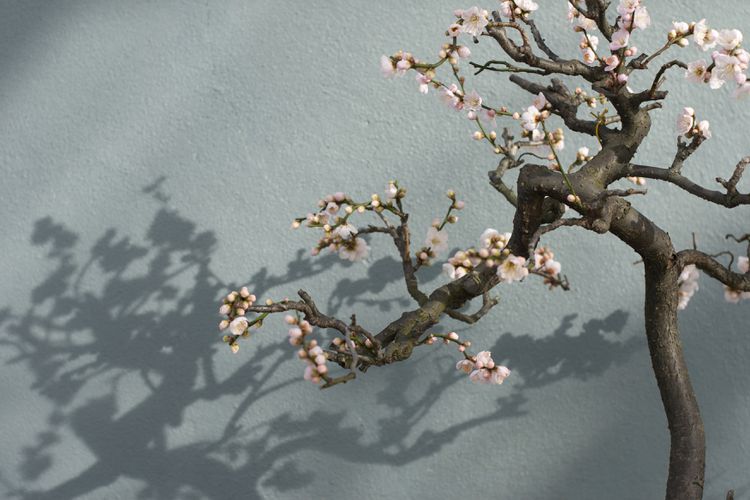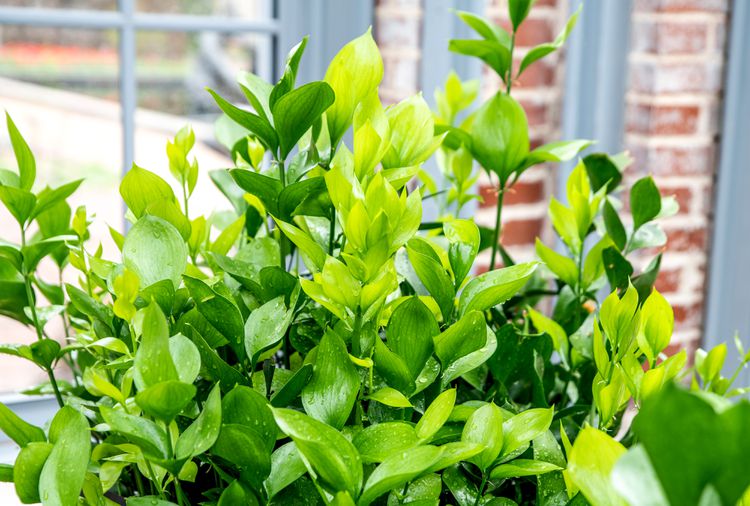David Beaulieu is a seasoned professional in landscaping and a skilled plant photographer, boasting two decades of expertise in the field.
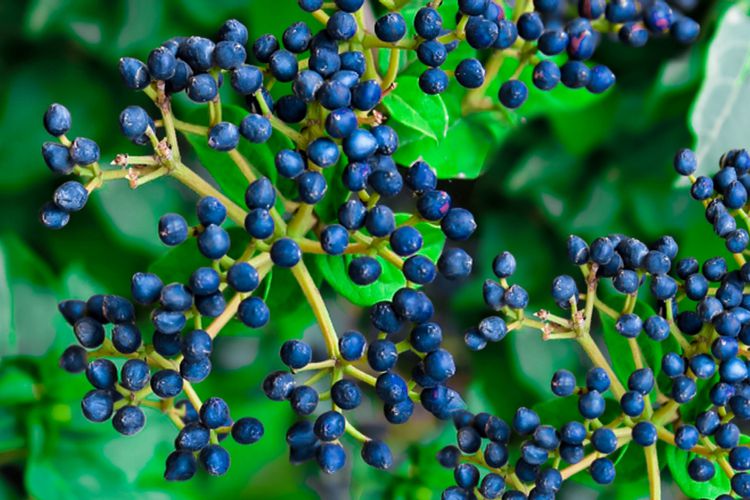
Arrowwood viburnum, commonly referred to as southern arrowwood, is a compact flowering shrub characterized by its upright, rounded form and stems adorned with glossy, oval leaves that have serrated edges. This shrub produces striking white blossoms and dark blue-black berries. It flourishes in temperate climates, favoring either full or partial sunlight and requires moist, well-draining acidic soil.
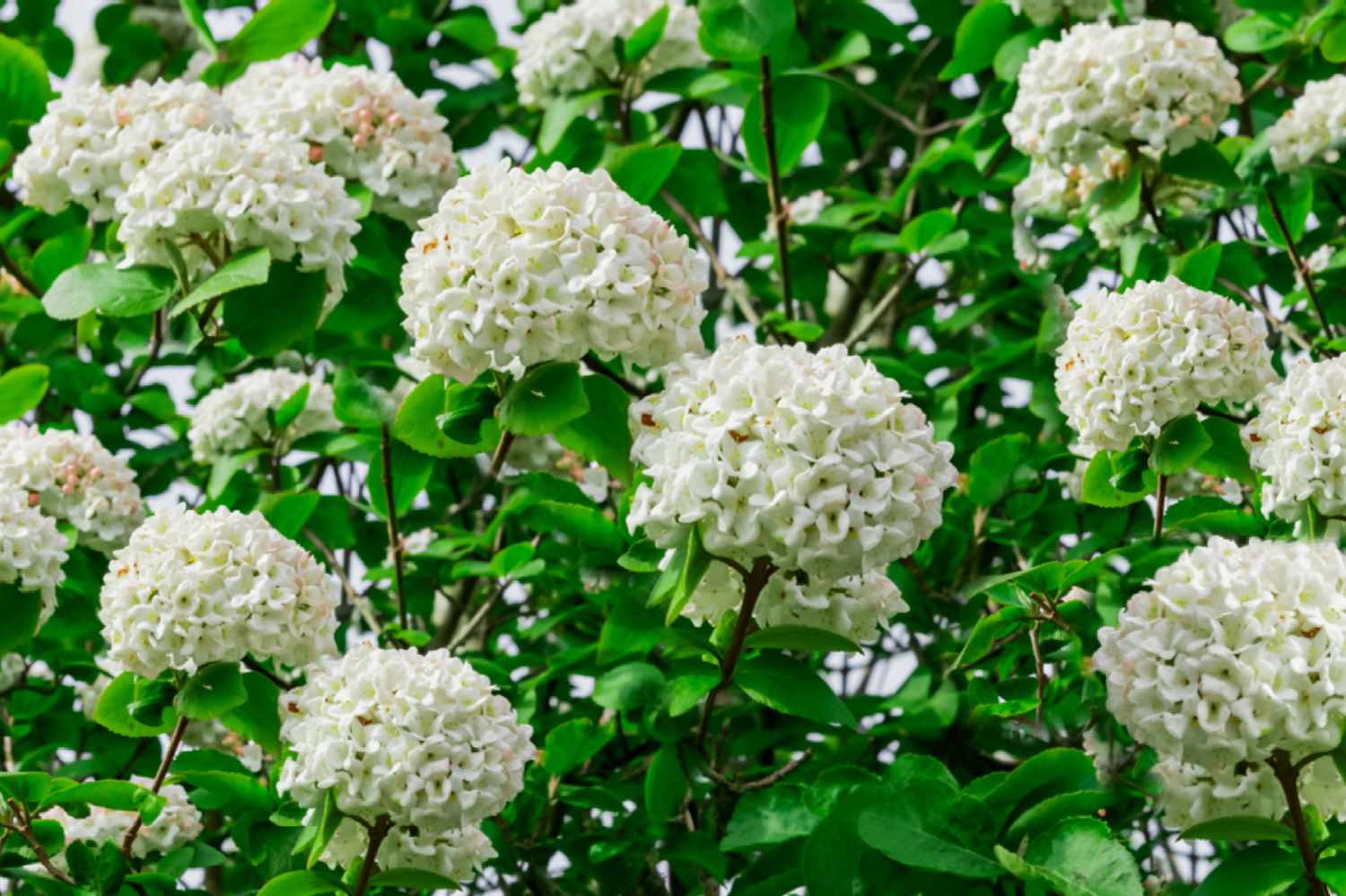
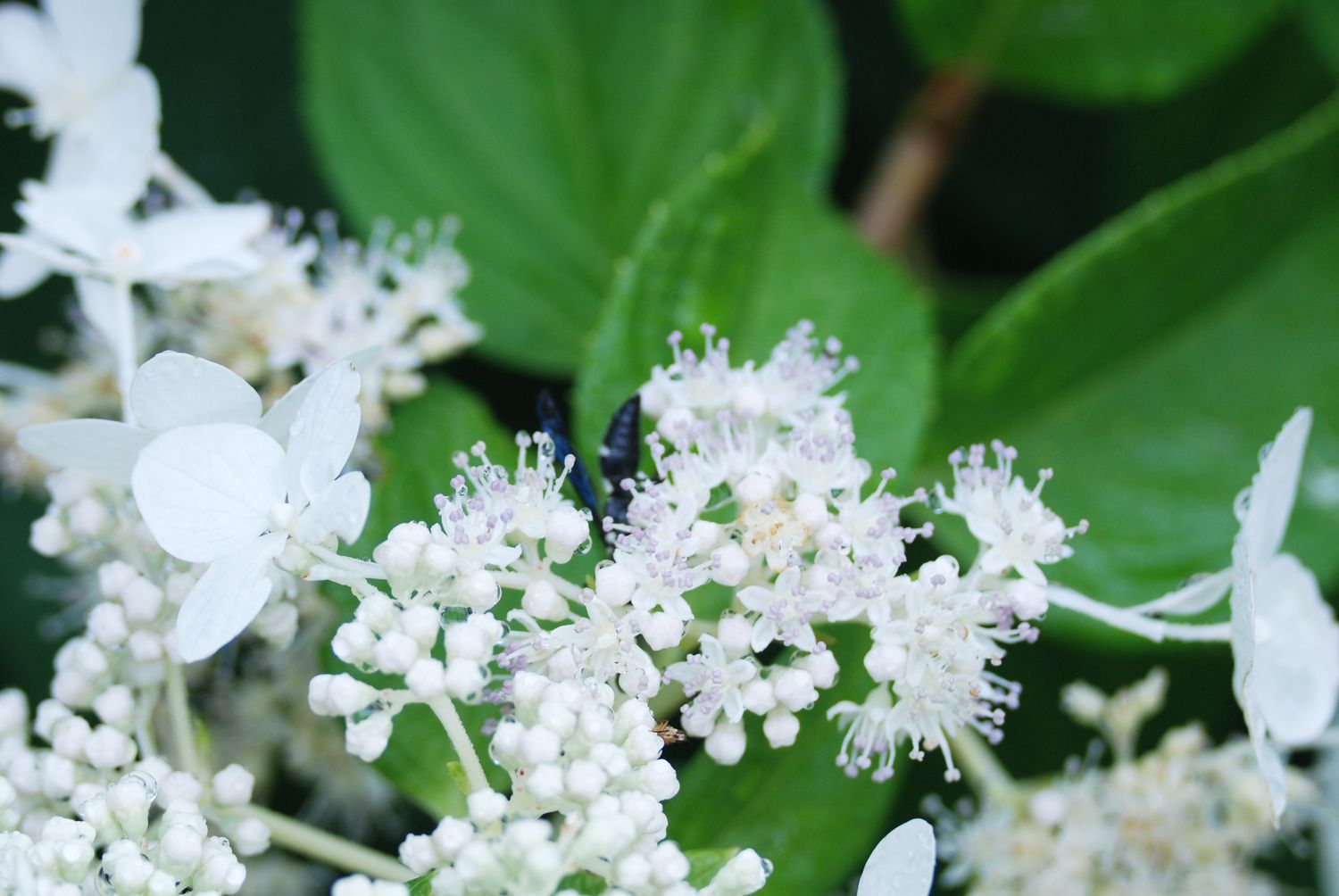
Light
Arrowwood viburnum thrives in conditions ranging from full sun to partial shade, requiring approximately four hours of direct sunlight daily. In warmer regions, it benefits from protection against the intense afternoon sun. Insufficient sunlight can hinder its blooming.
Soil
Arrowwood viburnum thrives in loamy, well-drained soil and is most successful in acidic pH conditions. It is adaptable and can also withstand various soil types, including clay.
Water
Arrowwood viburnum requires a moderate level of soil moisture, although established plants exhibit a degree of drought resistance. They are also capable of withstanding occasional flooding. Ensure that young shrubs receive adequate watering, and for established plants, provide water whenever the soil starts to dry.
Heat and Moisture Levels
The shrubs thrive in temperate climates, but they exhibit a commendable ability to withstand both heat and cold within their suitable growing areas. During extremely hot weather, it is important to ensure they receive adequate watering to reduce stress, and they require some form of protection in the event of unusually low temperatures to safeguard their leaves. Generally, humidity does not pose a problem for these shrubs.
Fertilizer
For optimal growth and abundant blooms, it’s advisable to use a balanced, slow-release fertilizer on arrowwood viburnum during the spring season. Additionally, incorporating compost into the soil surrounding the shrub can be advantageous.
Varieties of Arrowwood Viburnum
Well-known varieties of arrowwood viburnum consist of:
- V. dentatum ‘CA Hildebrants’ is a more compact variety, reaching a height of approximately four feet.
- V. dentatum ‘Moonglow’ features rounded, white blooms and boasts exceptionally glossy foliage.
- V. dentatum var. deamii ‘SMVDBL’ ALL THAT GLITTERS® is a compact, landscape-ready variant of arrowwood viburnum, which requires its ALL THAT GLOWS® counterpart for successful pollination.
- V. dentatum var. deamii ‘SMVDBL’ ALL THAT GLOWS® is a compact, landscape-ready variant of arrowwood viburnum, which requires the presence of its ALL THAT GLITTERS® counterpart for effective pollination.
Pruning
Arrowwood viburnum bushes require minimal pruning. Once the flowering period has ended, trim any branches needed to preserve the shape of the shrub. Be careful not to remove more than one-third of the shrub’s total size. Additionally, promptly eliminate any dead, damaged, or diseased sections as you notice them.
Cultivating Arrowwood Viburnum
Arrowwood viburnum can be propagated through either softwood or hardwood cuttings. Softwood cuttings are best collected in the spring or early summer, whereas hardwood cuttings are ideally taken during the winter dormancy or early spring, just prior to the plant’s active growth phase. Here’s the process:
- To propagate softwood cuttings, select a healthy branch measuring 4 to 6 inches long and cut it with clean gardening shears. Trim off the leaves from the lower third of the cutting. For hardwood cuttings, opt for a robust stem and cut a piece that is 8 to 10 inches long. Remove the leaves from the lower half, ensuring that a few leaf nodes remain intact.
- Prepare 4-inch pots by filling them with a damp potting mix and creating a small indentation in the middle of the mixture.
- Coat the stem with rooting hormone. Place the cutting into the pot.
- Place a plastic bag or dome over the cutting and ensure it is kept in a location with indirect light and moist soil until roots start to develop. For softwood cuttings, this process typically takes around four weeks. While rooting may take longer for hardwood cuttings, it should still happen within a few months.
- Check for root development by gently tugging on the plant. If you feel some resistance, it indicates that the plant is starting to form roots. Take off the plastic covering and position the cutting in an area that receives bright, indirect sunlight.
- Prior to introducing your plant to the landscape, slowly adapt it to outdoor conditions by setting it in a sheltered spot for a few hours each day over the course of a week to ten days.
Transplanting and Replanting Arrowwood Viburnum
Arrowood viburnum is not suitable for container gardening due to its size. Instead, opt for a smaller variety like the ‘Lil’ Ditty’ witherod viburnum, a cultivar of Viburnum cassinoides. Ensure the plant is placed in moist, well-draining soil with an acidic pH. If you notice the plant becoming root-bound, with roots emerging from the top or bottom of the pot, it’s time to transfer it to a container that is one or two sizes larger.
Overwintering
Arrowwood viburnum is a resilient shrub capable of withstanding frigid temperatures down to minus 50 degrees Fahrenheit in its most extreme growing area, which is USDA hardiness zone 2. These hardy plants require no winter safeguarding.
Frequent Pests
Arrowwood viburnum bushes generally face minimal challenges from pests or diseases. Nonetheless, they can be affected by the viburnum leaf beetle (Pyrrhalta viburni), which has emerged as a significant threat to viburnum plants in Europe and North America. Both the adult beetles and their larvae feed on the foliage, and if left unchecked, they can strip the plants of their leaves entirely, potentially leading to the plants’ demise.
Female beetles deposit their eggs on the lower surfaces of shrub stems. If you observe dark spots in those areas, it’s advisable to cut those stems and discard them prior to the eggs hatching in the spring. Reserve the use of organic pesticides for severe infestations, as they may also harm helpful insects.
Tips for Encouraging Arrowwood Viburnum to Flower
Arrowwood viburnum is highly valued for its beautiful flowers and the berries that follow. Ensure that it receives adequate sunlight and nutrients to promote healthy blooming.
Flowering Periods
Arrowwood viburnum flowers during late spring, with its blooming period varying from March to May based on the specific hardiness zone in which it is cultivated.
What is the blooming duration of Arrowwood Viburnum?
Arrowwood viburnum consistently blooms from late spring through mid-summer and sometimes even beyond, providing flowers throughout the entire growing season.
How do the flowers of Arrowwood Viburnum appear and what is their fragrance like?
Arrowwood viburnum showcases striking white flowers in spring, measuring approximately 2 to 4 inches in diameter. These blooms are not particularly fragrant. As autumn arrives, the leaves of the shrub transform into vibrant hues of yellow, orange, and red.
Ways to Promote Increased Flowering
If your shrub isn’t producing flowers, the reasons could include insufficient sunlight, nutrient deficiencies, or incorrect pruning techniques. In early spring, consider using a fertilizer that is rich in phosphorus. Regarding pruning, remember that viburnums flower on older growth, so if you pruned too late in the season, you may have inadvertently cut off the flower buds.
Removing Spent Flowers from Arrowwood Viburnum
Deadheading arrowwood viburnum flowers is unnecessary, as it does not enhance flowering. Moreover, numerous gardeners anticipate the berries that develop from the fertilized blooms.
Does arrowwood viburnum propagate?
Arrowwood viburnum propagates through suckers that extend through the soil, potentially achieving widths of up to 15 feet when fully grown. To prevent the plant from exceeding its mature dimensions, it’s advisable to trim back the suckers as they emerge.
What is the time required for viburnum to attain its maximum size?
Viburnum species generally experience an annual growth of approximately 2 feet, which is considered a moderate pace for plants cultivated outdoors. For instance, arrowwood viburnum may require seven to eight years to attain its full height of 15 feet.
Is arrowwood viburnum considered an evergreen plant?
Arrowwood viburnum is a shrub that sheds its leaves during the winter months. In warmer regions (USDA zones 7-10), a native evergreen variety is Walter’s viburnum (Viburnum obovatum).
How long does viburnum typically live?
The longevity of viburnum species varies by type, with certain varieties capable of surviving for as long as 150 years. However, with appropriate care, cultivation in their native regions, and adequate light conditions, most viburnum plants typically have a lifespan of around 50 years.



